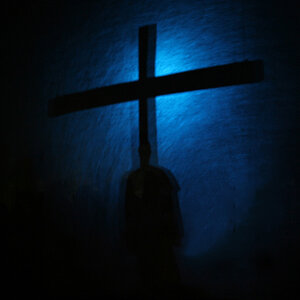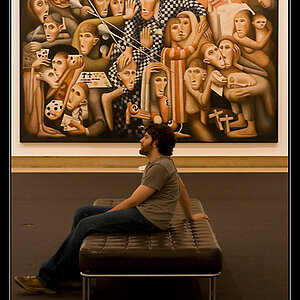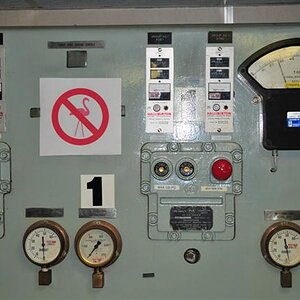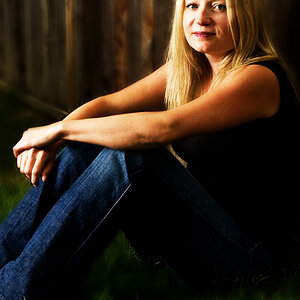PaulWog
No longer a newbie, moving up!
- Joined
- Jun 17, 2013
- Messages
- 1,153
- Reaction score
- 188
- Location
- Canada
- Can others edit my Photos
- Photos NOT OK to edit
I was taking a look over at DXO mark, and I noticed that the D5200 gets about 0.2 T-stops less light transmission than a lot of other cameras. The D5300, D5000, D3200, D7100 and many other cameras with similar sensors all perform at a superior t-stop level. I was looking at the 18-35mm 1.8 Art Sigma lens, and I saw that it performs at a 2.2 Tstop level, whereas it's at 2Tstops with every other camera. I looked at the 50mm 1.8G, and it's reported at 2.3Tstop for the D5200, and 2.0Tstop for other cameras. The 24-70 f2.8 reports 3.7 Tstop for the D5200, and 3.4 for the D7100.
I would like to think that the D5200 doesn't have some light transmission issues. I hope that this is just due to DXO mark's copy of the D5200.
Does anyone have some insight into the matter?
Tests and reviews for the lens Sigma 18-35mm F1.8 DC HSM A Nikon mounted on Nikon D7100 - DxOMark
I would like to think that the D5200 doesn't have some light transmission issues. I hope that this is just due to DXO mark's copy of the D5200.
Does anyone have some insight into the matter?
Tests and reviews for the lens Sigma 18-35mm F1.8 DC HSM A Nikon mounted on Nikon D7100 - DxOMark
Last edited:




![[No title]](/data/xfmg/thumbnail/31/31050-824a861ee359cd274a794fc7b9ff8f7b.jpg?1619734588)







![[No title]](/data/xfmg/thumbnail/31/31049-df2ef80e523fe4368eb8a82e03ad0b90.jpg?1619734587)
